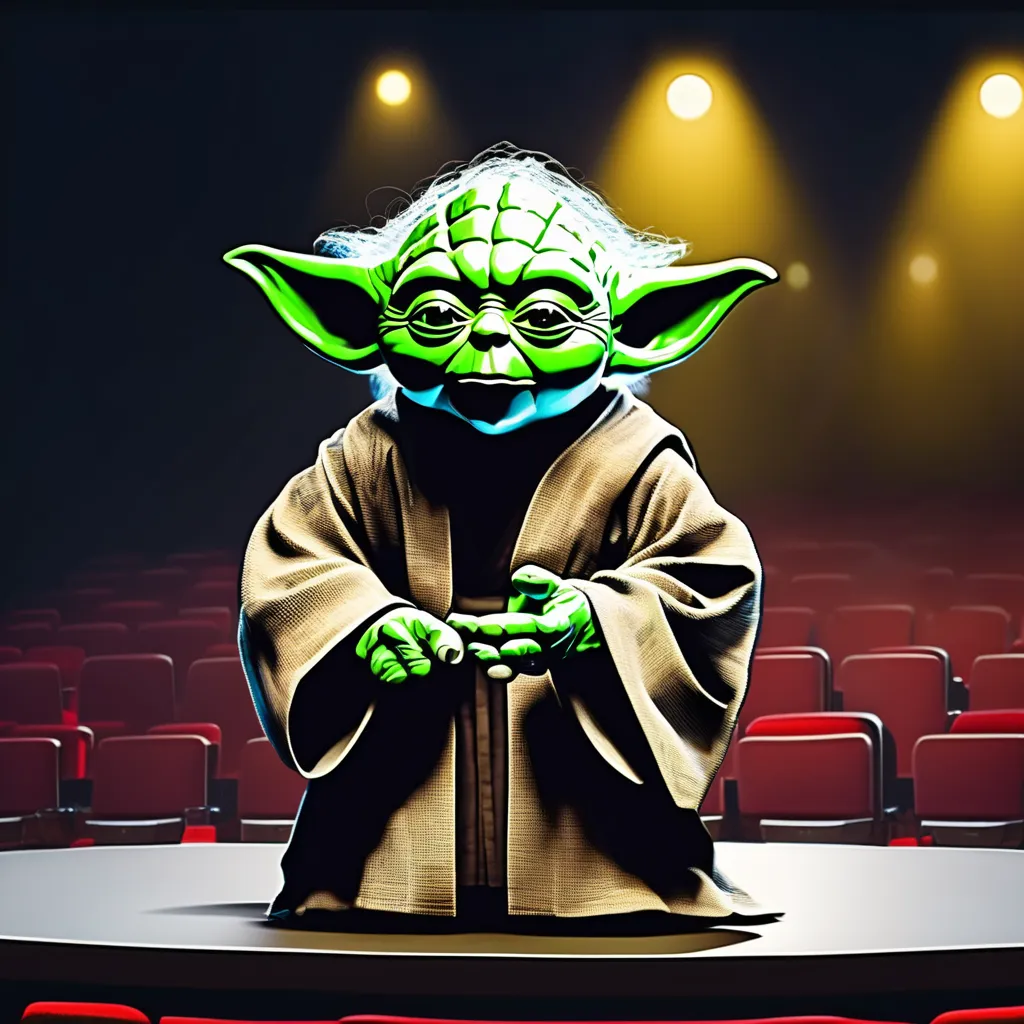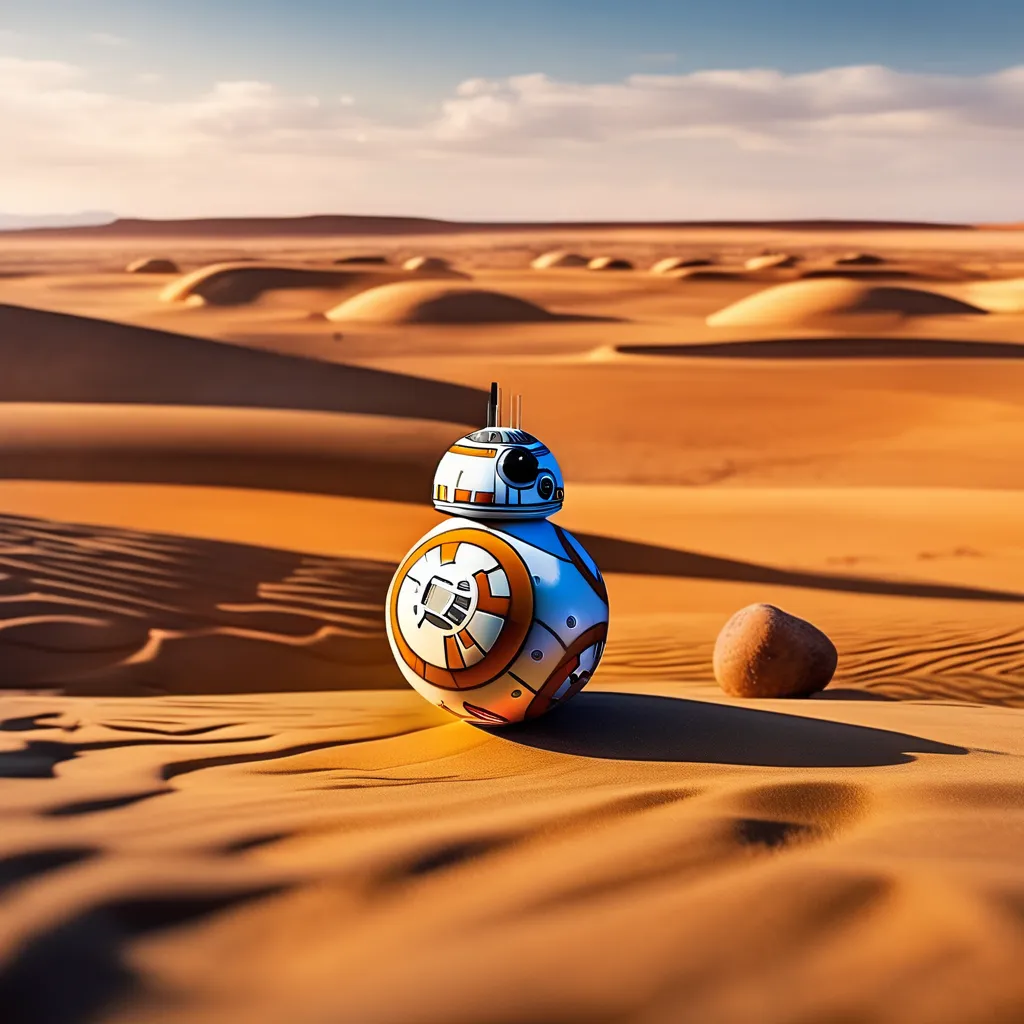The Star Wars franchise has been a trailblazer in the world of special effects, pushing the boundaries of what’s possible on screen from the very beginning. From the original trilogy’s use of practical effects and models to the modern era’s cutting-edge CGI, Star Wars has consistently set new standards for visual storytelling. In this blog post, we’ll explore the evolution of Star Wars effects, highlighting how the franchise has embraced new technologies while maintaining its iconic visual style.

The Original Trilogy: The Art of Practical Effects
When George Lucas first embarked on the creation of Star Wars: A New Hope in the mid-1970s, the technology available for special effects was limited. Yet, the ambition of the project required something extraordinary. This led to the extensive use of practical effects, miniatures, and groundbreaking techniques that would revolutionise the film industry.
Miniatures and Models
One of the most iconic aspects of the original trilogy’s special effects was the use of detailed miniatures and models. From the Millennium Falcon to the Death Star, these models were meticulously crafted to create the epic space battles and alien worlds that Star Wars is known for. Techniques like motion control photography allowed for dynamic shots that made these miniatures appear larger than life on screen.
Practical Effects and Puppetry
In addition to models, the original trilogy relied heavily on practical effects and puppetry. Yoda, one of the most beloved characters in the Star Wars universe, was brought to life by puppeteer Frank Oz. The realistic movement and expression of Yoda set a new standard for character effects, making him a memorable part of the Star Wars saga.
Matte Paintings and Optical Effects
To create the vast and varied environments of the Star Wars galaxy, matte paintings were used extensively. These hand-painted backdrops were combined with live-action footage to create seamless, immersive worlds. Optical effects, such as the lightsaber glow and blaster fire, were also pioneered during this time, adding to the unique visual language of Star Wars.

The Prequel Trilogy: The Rise of CGI
When George Lucas returned to direct the prequel trilogy in the late 1990s, the film industry had changed dramatically. Computer-generated imagery (CGI) had become more sophisticated, and Lucas saw an opportunity to push the boundaries of what could be achieved with digital effects.
CGI Characters
The prequel trilogy introduced audiences to fully CGI characters, the most famous of which is Jar Jar Binks. While Jar Jar was controversial among fans, his creation marked a significant leap forward in the use of digital effects. CGI allowed for more dynamic and complex character movements, though it also sparked debates about the balance between practical and digital effects.
Digital Environments
In addition to characters, the prequel trilogy used CGI to create entire environments. Planets like Coruscant, with its sprawling cityscapes, and the underwater world of Naboo were brought to life through digital effects. This shift to CGI allowed for more ambitious and visually stunning settings but also presented challenges in maintaining the tactile realism of the original trilogy.
Hybrid Techniques
Despite the increased reliance on CGI, the prequels still utilised practical effects when necessary. A notable example is the podracing scene in The Phantom Menace, which combined CGI with miniature models to achieve a balance between realism and dynamic action. This hybrid approach continued the legacy of innovation in Star Wars special effects.

The Sequel Trilogy and Beyond: A New Era of Star Wars Effects
The sequel trilogy, starting with The Force Awakens in 2015, aimed to blend the best of both worlds by combining practical effects with modern CGI. This approach was intended to capture the spirit of the original trilogy while taking advantage of advancements in digital technology.
Return to Practical Effects
J.J. Abrams, the director of The Force Awakens, emphasised a return to practical effects. This included building physical sets, using real locations, and employing practical creature effects. The character of BB-8, for instance, was a practical puppet that interacted with the actors on set, creating a more authentic experience.
Advanced CGI
At the same time, the sequel trilogy used cutting-edge CGI to enhance its visual storytelling. Characters like Maz Kanata and Supreme Leader Snoke were created using motion capture technology, allowing for more nuanced performances. CGI was also used to create expansive battle scenes and intricate space sequences, building on the legacy of the earlier films.

The Mandalorian and The Volume
In recent years, Star Wars has continued to innovate with the creation of The Mandalorian. The series introduced a new technology called “The Volume,” a massive LED screen that displays real-time CGI environments. This technique allows for a more immersive and flexible filming process, blending the benefits of practical effects and CGI. It represents the next step in the evolution of Star Wars effects, pushing the boundaries of what’s possible in visual storytelling.
The evolution of Star Wars effects is a testament to the franchise’s commitment to innovation and its influence on the film industry. From the groundbreaking practical effects of the original trilogy to the digital advancements of the prequels and sequels, Star Wars has consistently set the standard for what can be achieved in visual effects. As the franchise continues to explore new technologies, it’s clear that Star Wars will remain at the forefront of cinematic innovation. Want to learn more about what to watch? Check out our post on Best Order to Watch Star Wars: The Ultimate Viewer’s Guide
If you’re a fan of the visual magic of Star Wars and want to bring a piece of that innovation into your own collection, check out the links below to find top Star Wars merchandise available on Amazon. From collectible models to behind-the-scenes books (check out this on the original movie https://amzn.to/3X4AHPX), there’s something for every fan of Star Wars effects.
—
*Disclosure: This post contains affiliate links. If you use these links to buy something, we may earn a commission at no additional cost to you.*
